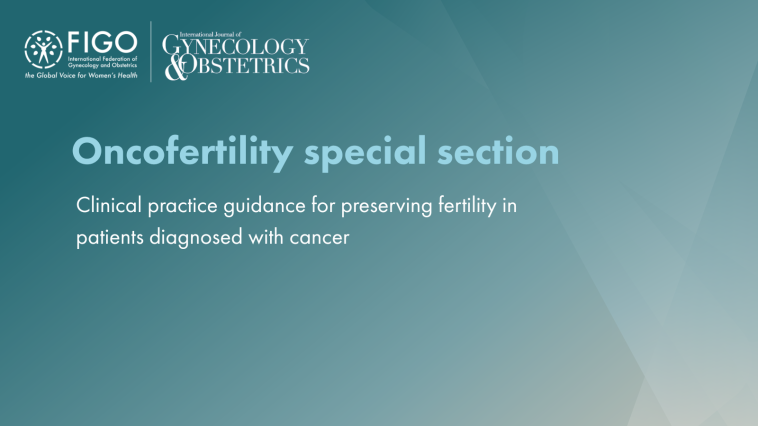FIGO launches oncofertility best practices to preserving fertility for cancer patients

FIGO is proud to unveil a landmark special section in the International Journal of Gynecology & Obstetrics (IJGO), focused on oncofertility cryopreservation—a critical and growing field that bridges oncology and reproductive medicine.
This new collection of papers, curated by FIGO Committee on Reproductive Medicine, Endocrinology and Infertility, sets out best clinical practice guidance for preserving fertility in patients diagnosed with cancer, especially during their reproductive years.
Over 40,000 reproductive-aged women face fertility loss from cancer treatment each year. Yet awareness, access and infrastructure for fertility cryopreservation services remain severely limited in many regions. This special section responds to that gap with evidence-based recommendations tailored for a global audience of clinicians, laboratory staff and policy makers.
Highlights from the collection include:
- guidance on urgent referral pathways and best practices for timely intervention
- advances in ovarian stimulation and safer cryopreservation techniques such as oocyte vitrification
- ethical, legal and cultural considerations impacting global access
- the need for government investment in public fertility preservation services.
Surveys cited in the special issue show that only a handful of countries have national oncofertility registries and that availability is often hindered by legal and funding barriers. As such, FIGO calls on health systems and policy makers worldwide to prioritise oncofertility services, especially in regions facing demographic challenges from declining birth rates.
The special section not only addresses adult cancer patients, but also includes reference to adolescent and prepubertal options, an area still in experimental stages but with emerging promise.
The full set of papers is now available in IJGO and provides essential knowledge for clinical implementation, training and advocacy in this evolving field.